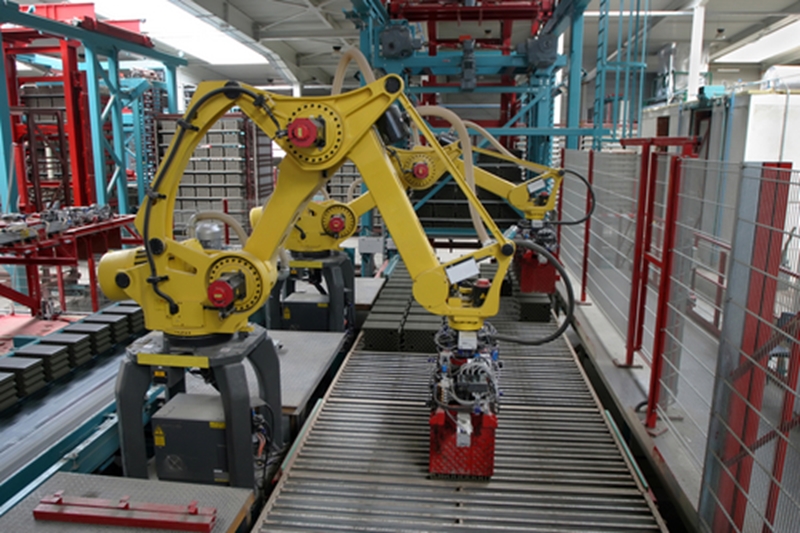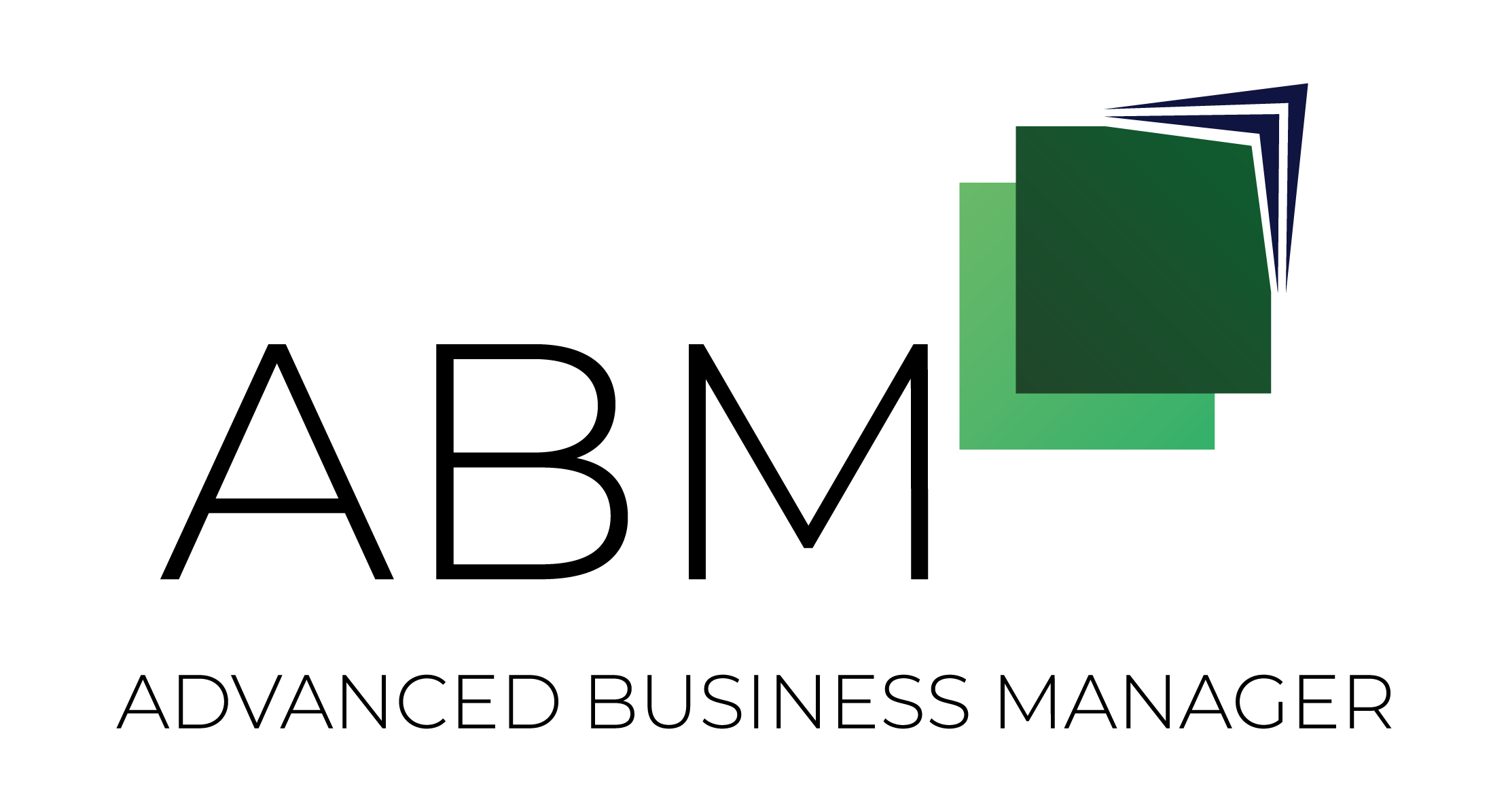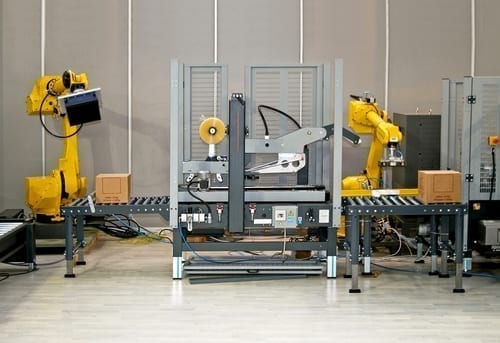The manufacturing industry develops at an extraordinary rate.
Some aspects that may have been commonplace only 20 years ago could be entirely non-existent today. With a slew of new tools on the way thanks to the fourth industrial revolution – Industry 4.0 – the factory floor is set to undergo another change. This begs the question: What will the future of manufacturing in Australia look like?
Future factories will rely on the Three C’s to be effective.
Watching the trends
It’s tough not to have noticed all the headlines surrounding the sector lately. Virtual reality, the Internet of Things (IOT), robotics, automation, 3-D printing – all of it will certainly become staples on the factory floor as prices begin to drop. The shift is already starting at larger corporations: Foxconn replaced 60,000 employees with robots in 2016, the BBC reported.
With much of the discussion focused around how these tools can impact and benefit businesses, it’s easy to lose track of how they’re actually integrated in the first place. Many, if not all, of the solutions are functional with the help of cloud computing. It’s the platform that provides the Three C’s, and what the World Bank deems essential to modern manufacturing: connectivity, connectedness and capability.
Setting up the right system
Before investing in the technologies that will reside on the factory floor, it’s imperative that organisations look first to create the foundation it resides on. Business management software that lives on the cloud is an excellent start as it fills three key needs:
- Platform to facilitate the flow of data and develop analytics.
- Back-office functionality through accounting software and other wp-contentlications.
- Cloud and IT support from dedicated team.
It’s important to remember that it’s not only the factory floor that is changing, but the business model as well. There’s a greater emphasis on speed and efficiency, which inherently values programs that can automate bookkeeping or other important processes.

Mistakes are made when companies look to incorporate the technology first, without first understanding how the front- and back-office will communicate with each other. One instance of this is in IOT: Inventory transparency can be made possible through sensors and other tools, but it’s useless if it can’t transfer that information to specific departments. Then organisations scramble to find a way to connect the two, when basing all operations on one platform would’ve solved any problems to begin with.
Is your company ready for Industry 4.0? Contact an Advanced Business Manager representative today to learn more about business management software on the cloud.







